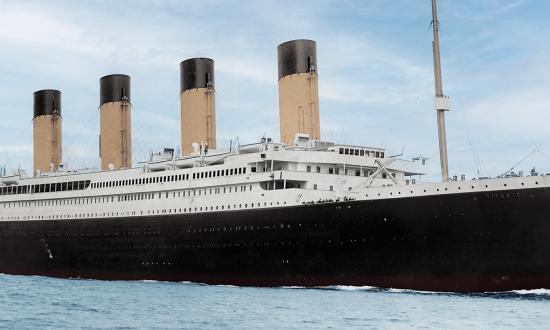The wreck of the Montevideo Maru, in which more than 1,000 Australian troops and civilians perished in the worst maritime disaster in Australia’s history, has been located at a depth of more than 13,120 feet off the coast of the Philippines—more than 80 years after she was sunk by a U.S. submarine during World War II.
The location of the Japanese transport ship has been an enduring mystery since she was torpedoed on 1 July 1942 by the USS Sturgeon (SS-187). Unbeknownst to the submarine crew, the Montevideo Maru was carrying prisoners of war and civilians who had been captured in the fall of Rabaul a few months earlier.
Approximately 1,060 prisoners, both military and civilian, were lost. The ship sank with at least 850 Australian service members and 210 civilians from 14 countries, who ranged from a boy aged 15 to men in their 60s. Almost twice as many Australians died in this one incident than were killed in the entire Vietnam War.
The wreck was discovered on a mission put together by Sydney’s Silentworld Foundation, which is dedicated to maritime archaeology and history, and the Dutch deep-sea survey company Fugro, with support from the Australian Department of Defence.
“The discovery of the Montevideo Maru closes a terrible chapter in Australian military and maritime history,” said John Mullen, director of Silentworld. “Families waited years for news of their missing loved ones, before learning of the tragic outcome of the sinking. Some never fully came to accept that their loved ones were among the victims. Today, by finding the vessel, we hope to bring closure to the many families devastated by this terrible disaster.”
The wreckage of the Montevideo Maru, sitting at a deeper depth than the Titanic, will not be disturbed. No artifacts or human remains will be removed. The site will be recorded for research purposes.
Chief of the Australian Army Lieutenant General Simon Stuart said, “A loss like this reaches down through the decades and reminds us all of the human cost of conflict—lest we forget.”





